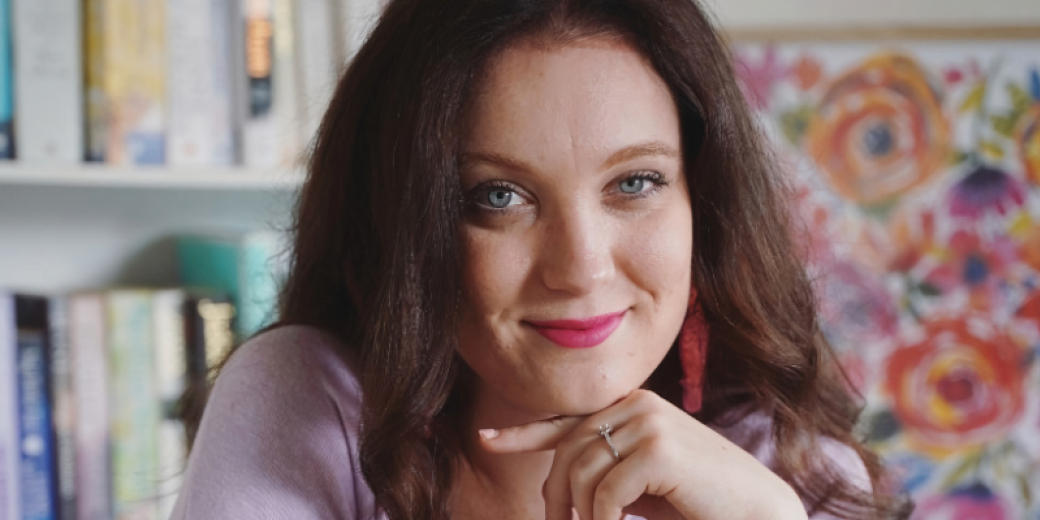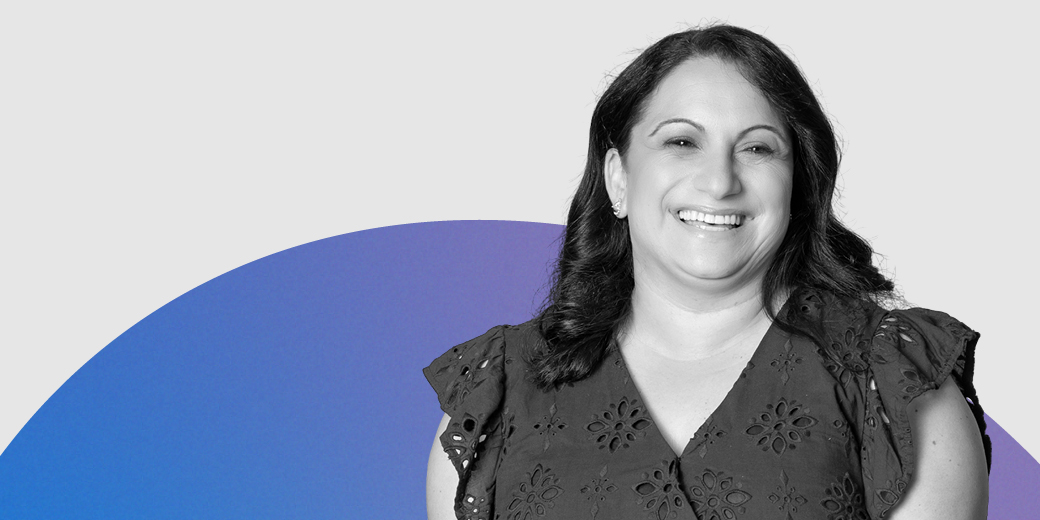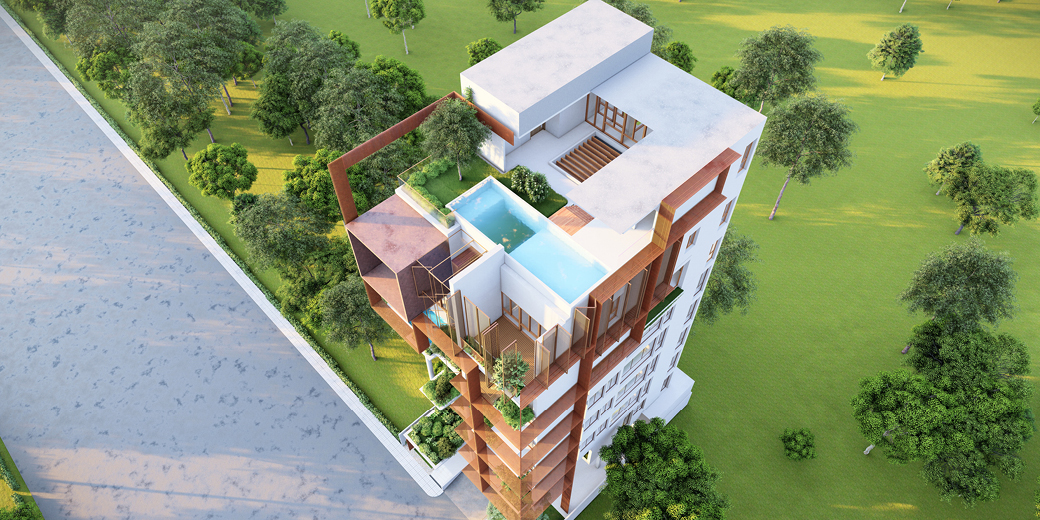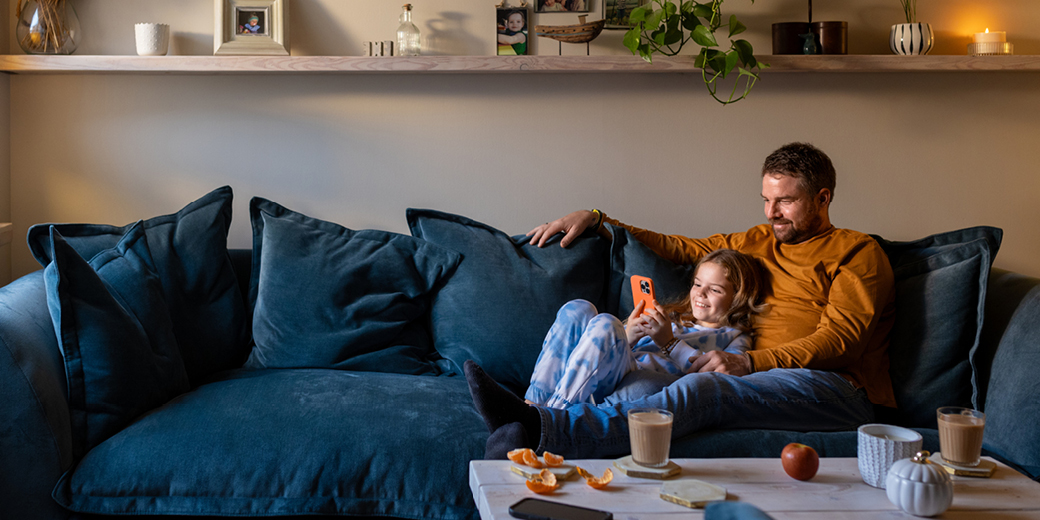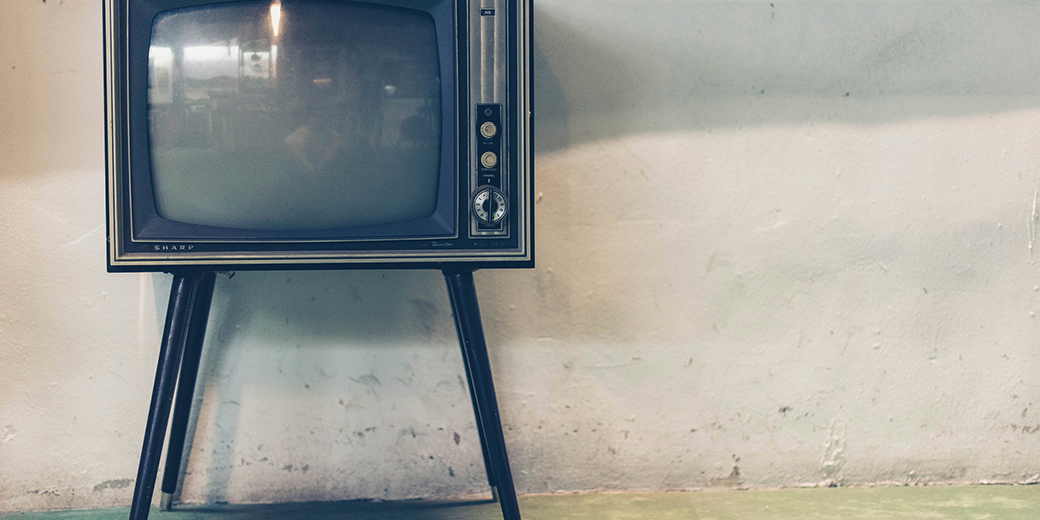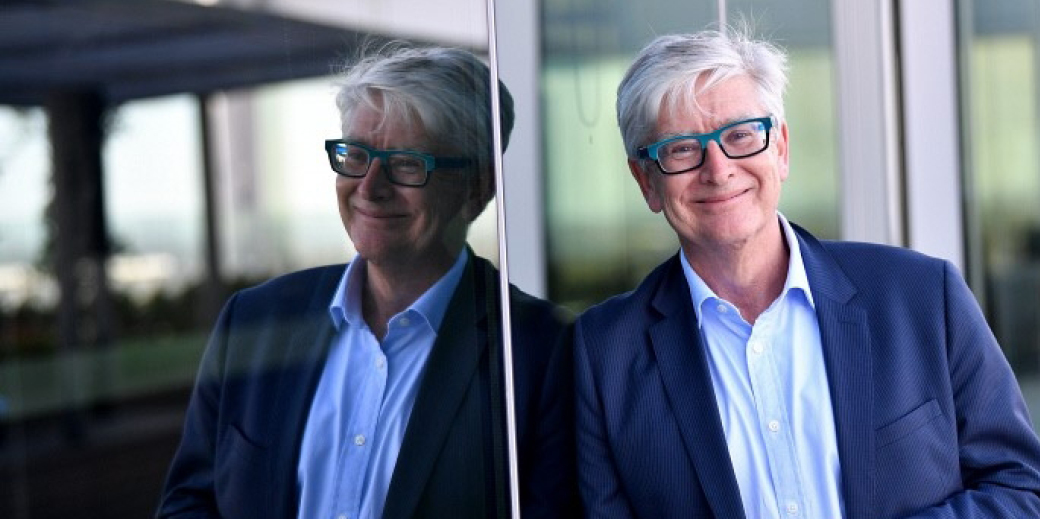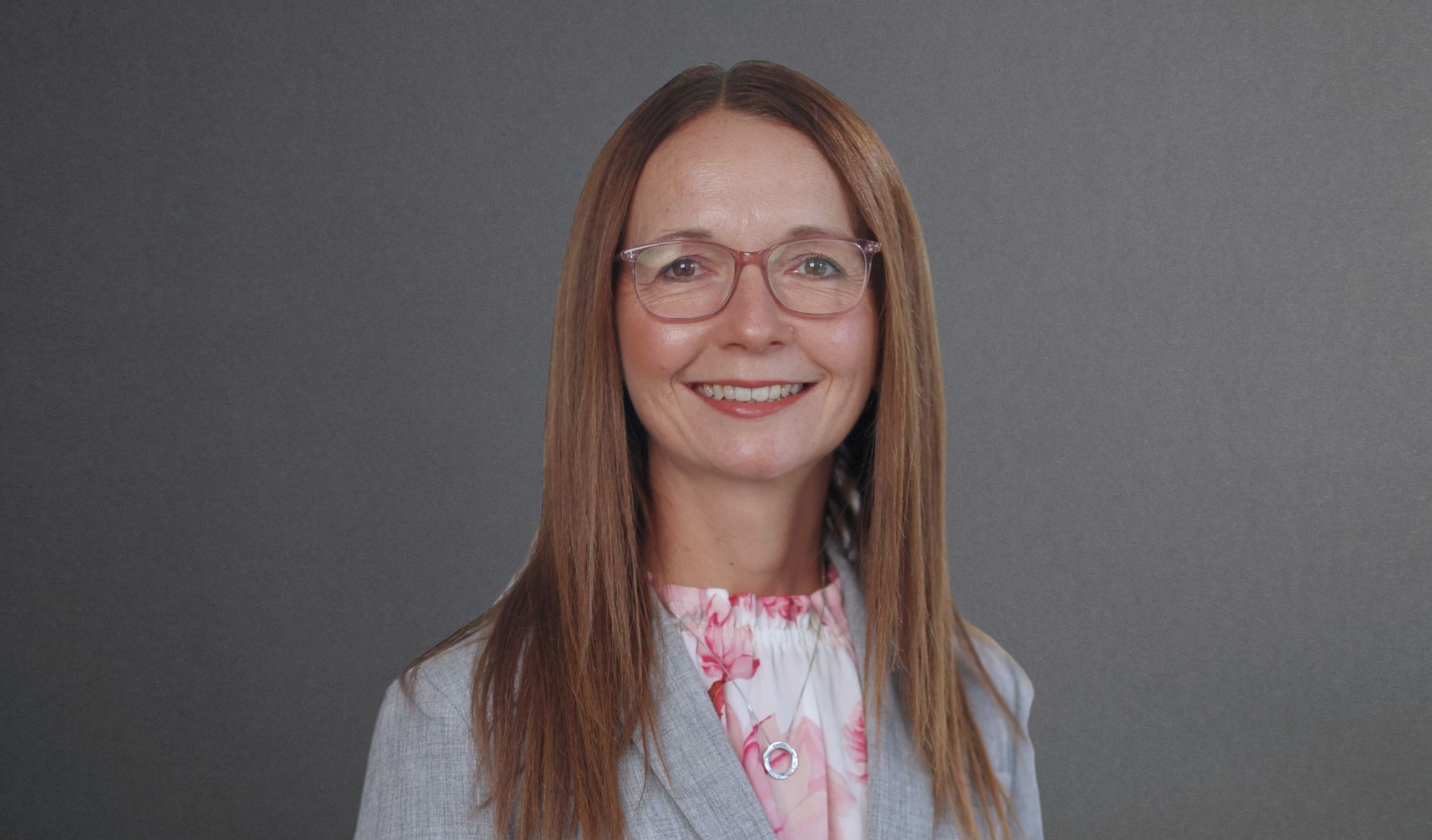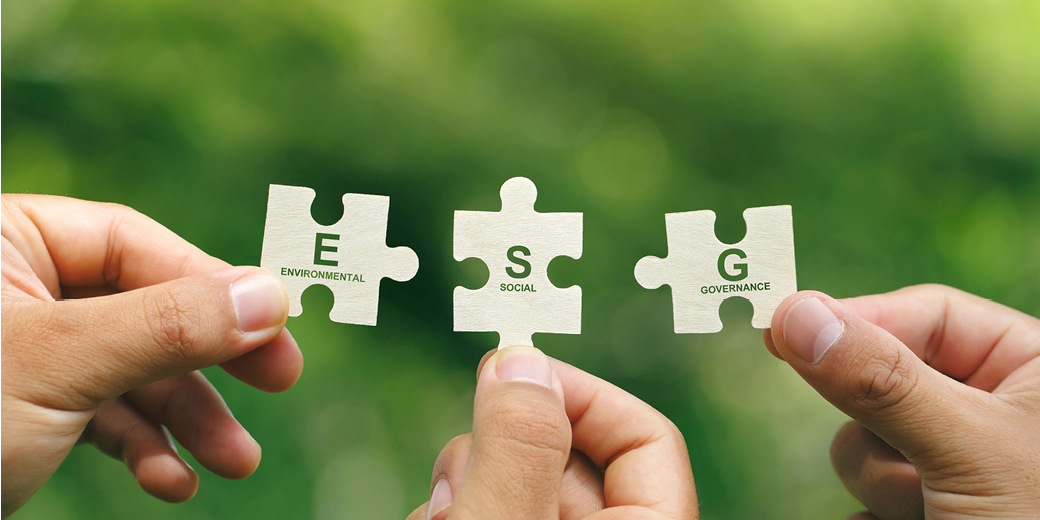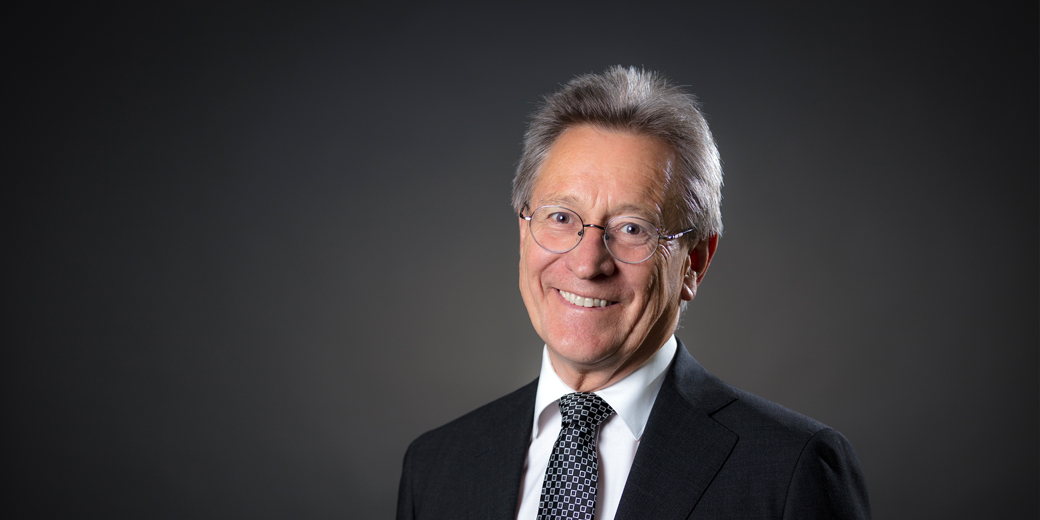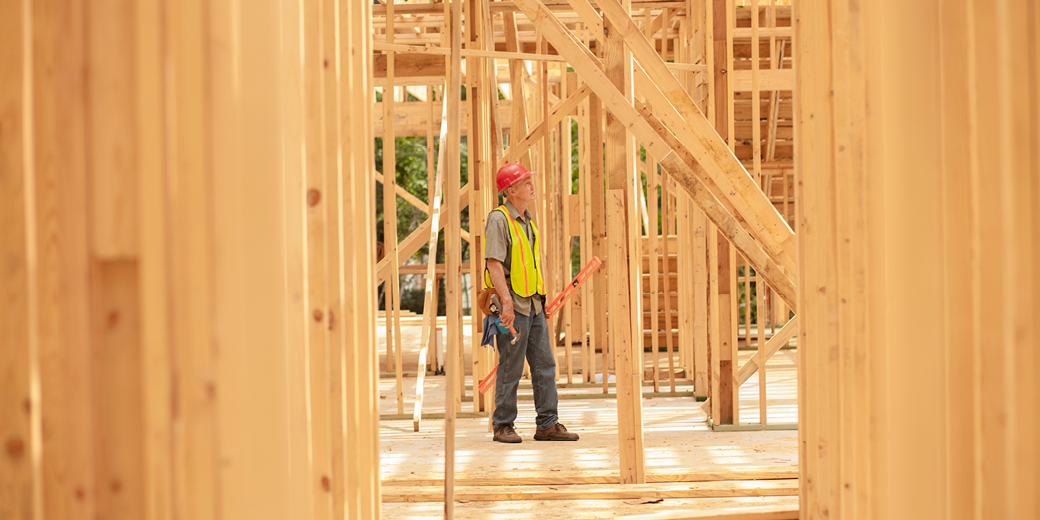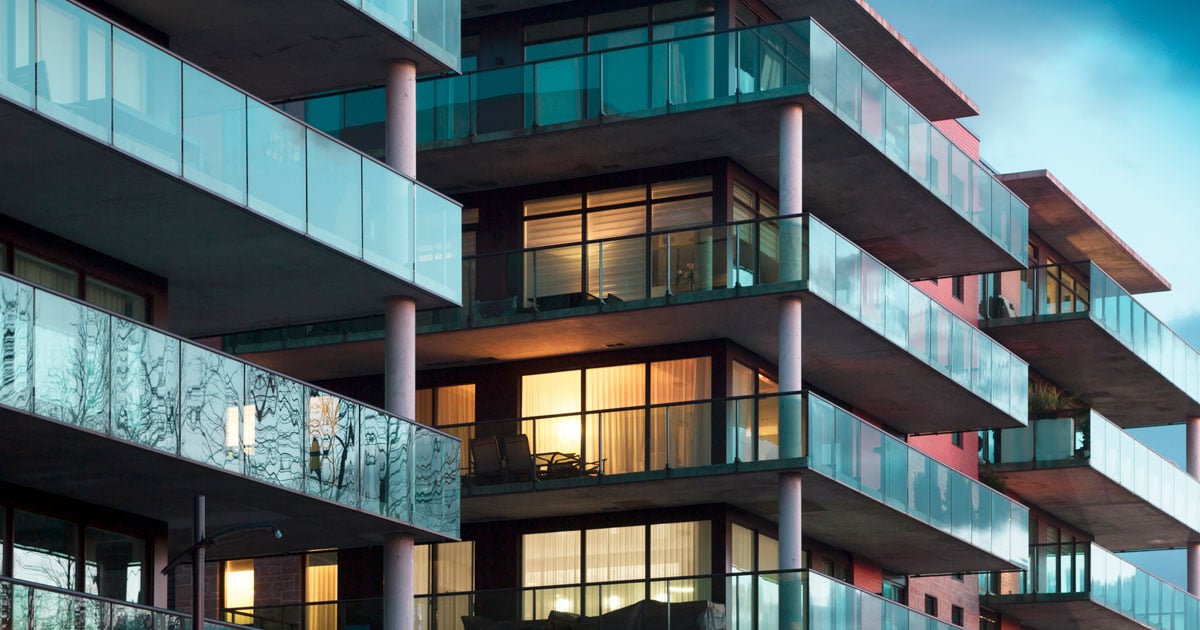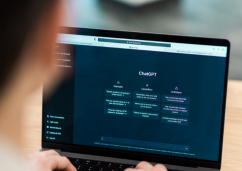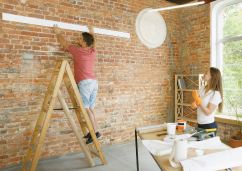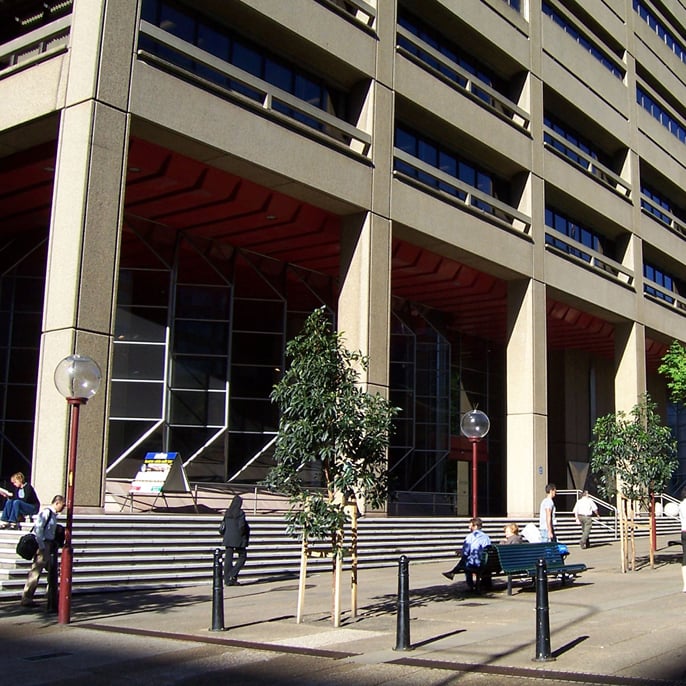You have no idea where the day went... Again. Between meetings, calls, and lunch at your desk, you barely had time to get any real work done. Despite Australia's so-called 'productivity crisis', you feel perpetually busy. Yet you can't shake the sense that no matter how much you accomplish, you'll never get on top of your to-do list — and worse, maybe you're not doing the right work at all.
How do we break this cycle? How do we find the focus to do meaningful work well? To explore this, the College spoke to Donna McGeorge, a productivity expert and author of Red Brick Thinking - a bold new call to simplify work by removing what no longer adds value.
Flipping the ‘productivity model’
"Time has become a combative experience," McGeorge observes. "If you're not spending every second doing something 'productive', we feel like we're somehow failing. But by pushing yourself so hard, are you actually doing the right work for the right people and getting the right results?"
This is what McGeorge calls our broken model of productivity.
"You're worried that if you don't go hard 100% of the time, someone else will take your job," she says. However, as AI brings efficiencies to legal work, it's more important than ever to understand what value you offer.
"Your intellect, your results, your genius — that's actually what you're paid for," McGeorge argues. "If you commoditise your time, that's nearly the same as commoditising your expertise the way AI can. So, the space to think becomes far more important than the space to produce. Space to think is the value lawyers actually bring — the ability to pause, strategise, and apply their extraordinary wisdom and experience in ways that go far beyond anything AI could produce."
"If you're in a constant state of reactivity where you're just too busy to access your smarts, you're more at risk of doing the wrong thing."
Creating space to think
As McGeorge observes, quoting productivity author David Allen: ‘The human mind is for having ideas, not storing them.’
"We've lost sight of the value of boredom and daydreaming," she says. "Unless we start creating space to think and solve problems, we're just going to stay stuck in this place of overwhelm."
So how do you extract yourself from overwhelm?
"Try to find an hour a day where you're not so busy," McGeorge advises. "What we never accommodate when we plan our days is what happens every day, like clockwork — the unexpected problem that suddenly demands your attention, or the task that takes twice as long because it's more complex than you thought."
It boils down to the simple fact we fill our days with too much stuff!
"Building in a buffer of an hour means you get a chance to breathe. On a bad day, that hour gets consumed by a problem, but it means you don't need to rush through everything else. This is where you make mistakes, or how you end up extending your working day."
On a good day, however, that extra hour gives you the space to think, create, reflect, and most importantly, breathe. Building in an hour's buffer every day may seem impossible. It will feel unbillable. But as McGeorge observes, it's about respect: respecting your own time, and respecting the work enough to do it properly, with focus.
Breaking productivity addiction
“Productivity addiction really is a dopamine addiction,” McGeorge says. "It's an addiction to not being able to stop, to constantly being in some form of activity."
Constant activity constrains us from asking meaningful questions. You never pause to ask: 'Am I happy with what I'm doing? Is this the right direction for me right now?' Or on behalf of a client: 'What is the right direction here? Is there something we missed? Is there something we could remove that might make this issue go away?'
Failing to reflect, paired with relentless productivity, leads straight to burnout.
"We're caught up in productivity addiction because saying no feels like letting people down," McGeorge says. "But in my experience, people respect boundaries if they know about them. If they don't know about them, how can they?"
Rather than bow to the pressure of appearing productive, McGeorge asks the question: What would happen if we started operating under the assumption of reasonableness?
"It's reasonable to have boundaries," she says. "It's reasonable not to answer your phone at 10 o'clock at night—to just let it go to voicemail and respond in the morning when your brain's going to be in better shape anyway."
Why do we resist such sensible advice? McGeorge argues it's because we've had too much history with people who aren't good at accepting 'no'.
"The first step in learning the power of saying 'no' is accepting 'no' yourself, and not making people feel like they have to explain themselves. It's a form of respect—not only for yourself, but for others. From a leadership perspective, modeling boundaries and saying 'no' sets an example for everyone on the team."
Is there a ‘red brick’ you could remove?
According to a study by the University of Virginia, we have a natural 'addition bias'.
"When we're presented with a problem, our instinct is to add," McGeorge explains. "In workshops, I'll give participants a simple LEGO bridge—a basic construction with one leg longer than the other."
She then challenges participants to fix the bridge.
"Most people immediately start adding LEGO. Very few consider taking off one of the bricks on the leg that's too long. In the model, the brick you're meant to remove is red," she says. "This is, from now on, for the rest of your life, the question you want to ask: 'Is there a red brick we could remove here?' Because of our addition bias, our instinct to add is automatic every time we face a problem."
She's seen remarkable results from this approach. One leader inherited a team with a two-hour weekly meeting.
"This team was constantly out of control, never hitting targets, always saying they couldn't catch up," McGeorge says.
The leader wondered what on earth the team was so busy doing. The answer? They were in meetings all the time. She cancelled the weekly meeting, but didn't remove the time from their calendars.
The leader told her team: 'I want you to use that time. We're going to red brick the meeting, but we're going to create the space for thinking, problem-solving, and actually getting stuff done.'
There was a palpable shift.
"Suddenly, they could breathe," McGeorge says. "The team started solving problems that had been hanging around for ages. One of their products had been patched with Band-Aid solution after Band-Aid solution. The team finally made the time to stop and actually solve the problem, which completely turned the product around."
In another example, a Geelong high school opted for a four-day school week, making Wednesdays 'lesson-free'.
"What they noticed, especially among Year 11 and 12 students, was that they suddenly had time to catch up on assignments and get on top of their work. In many cases, it improved their academic results. When interviewed, the students said they felt like they could literally breathe and relax."
Breaking productivity addiction may feel uncomfortable and even counterintuitive, but the results speak for themselves. When you take the time to build an hour's buffer into your day or fix a problem at its root instead of applying Band-Aid solutions, you create long-term value that extends beyond the immediate task — strengthening not just your work, but your lasting sense of purpose.


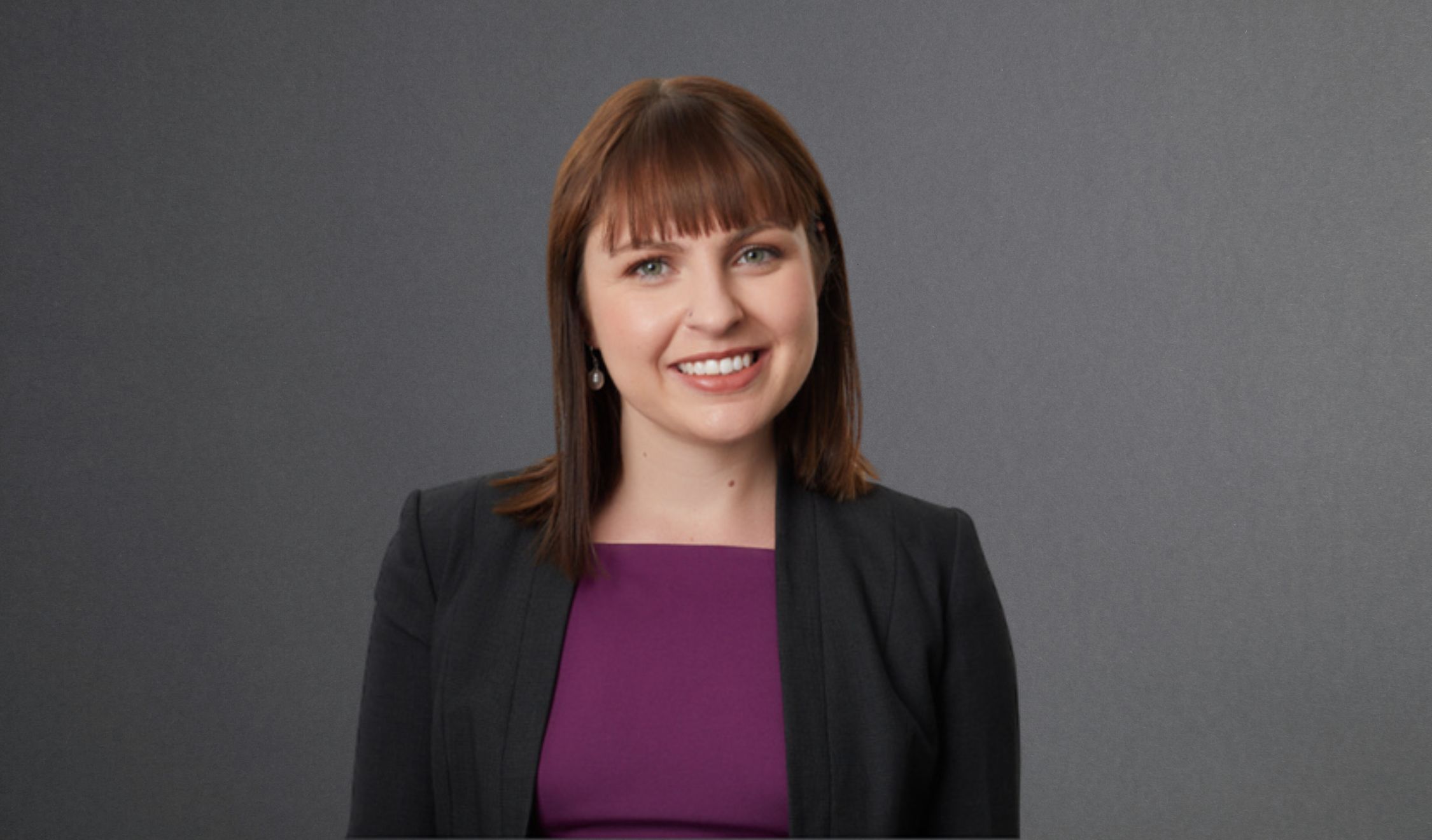


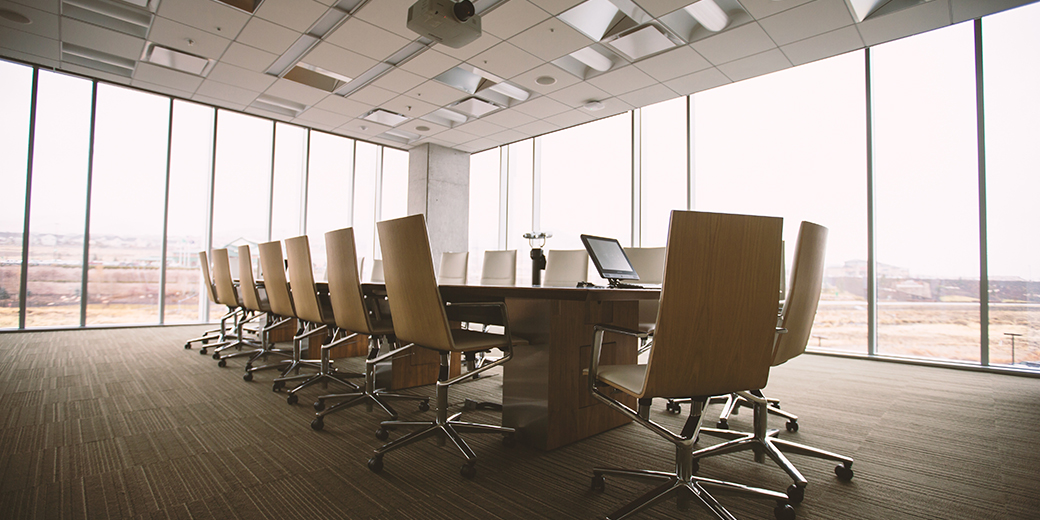

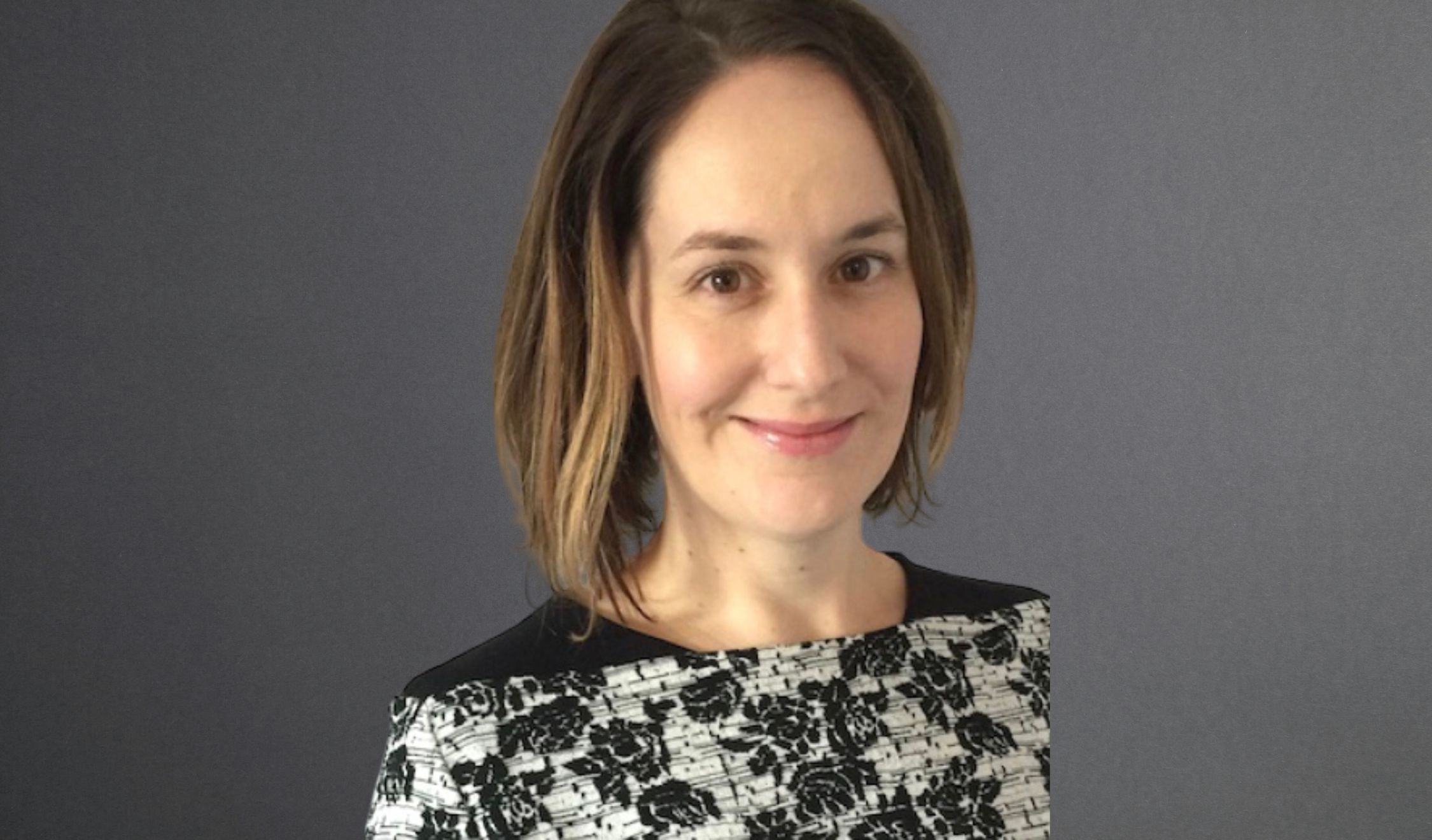


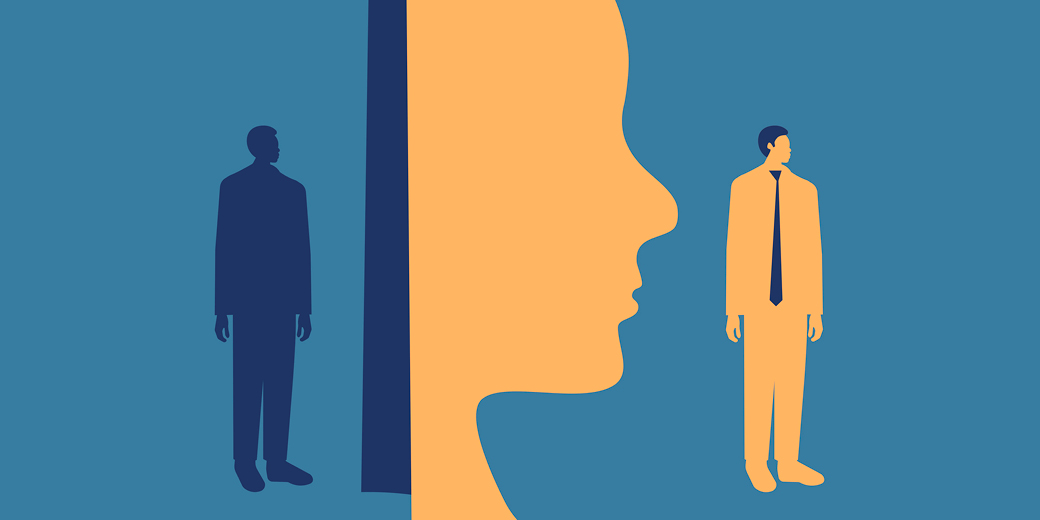
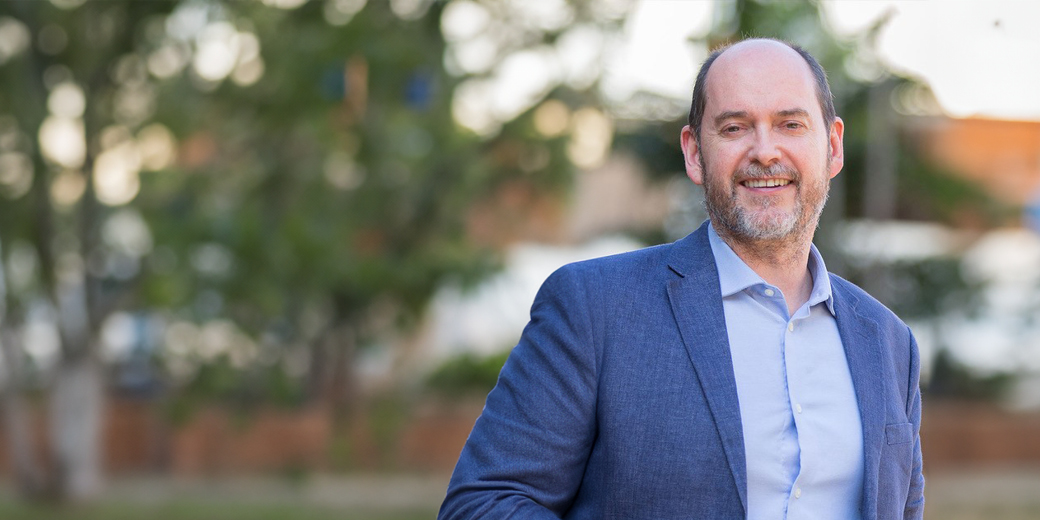





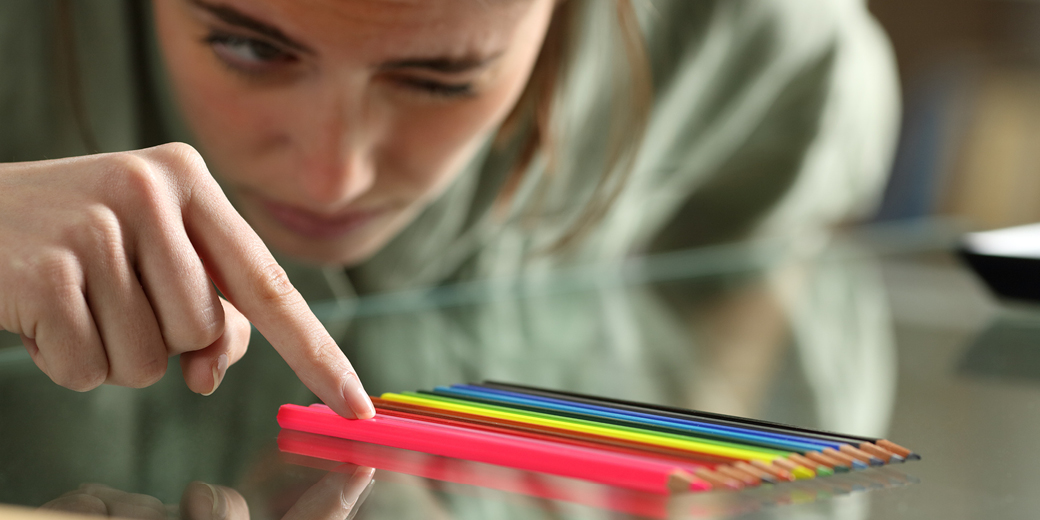



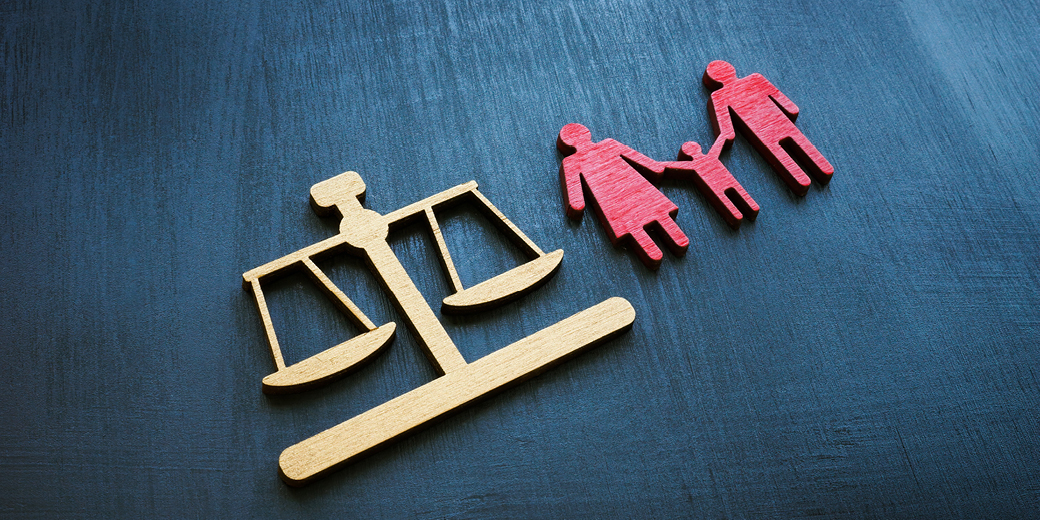





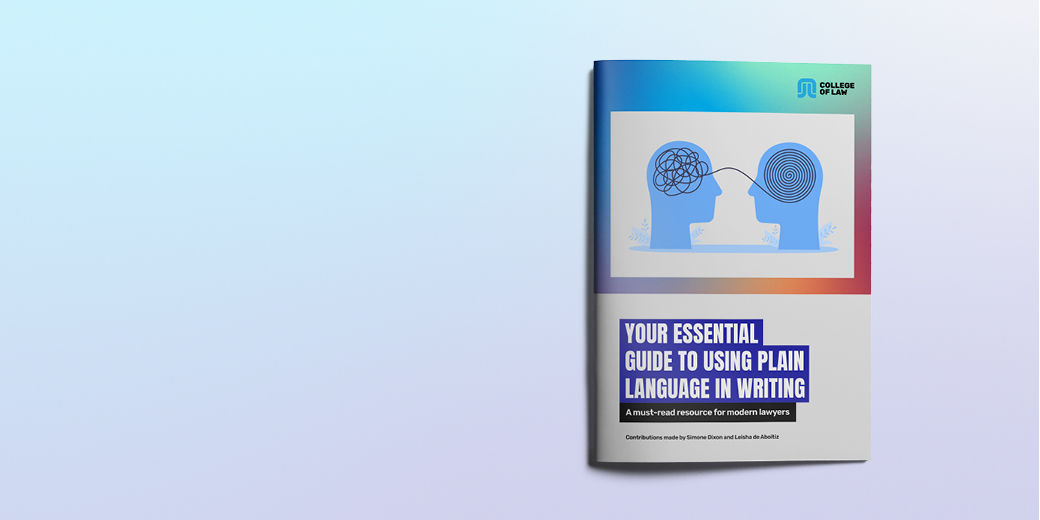

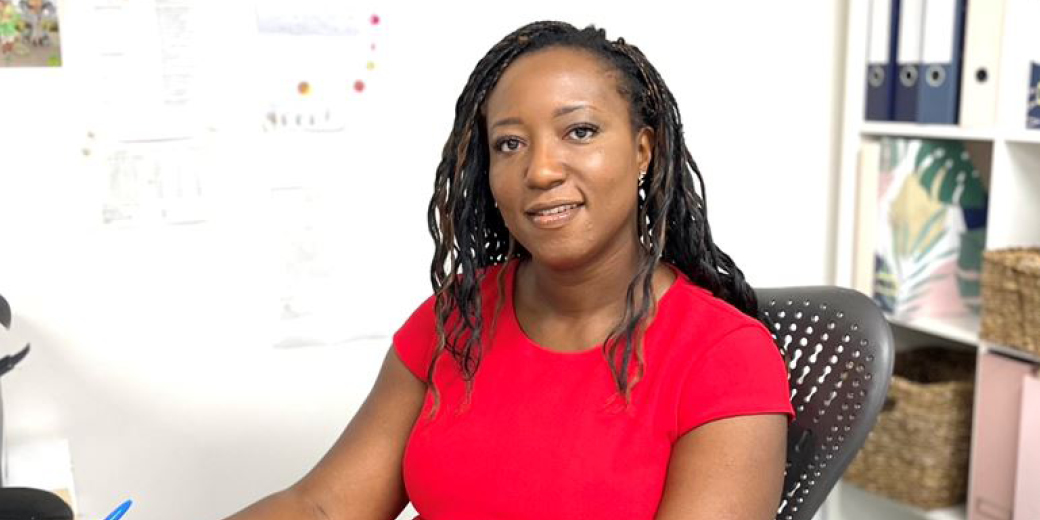
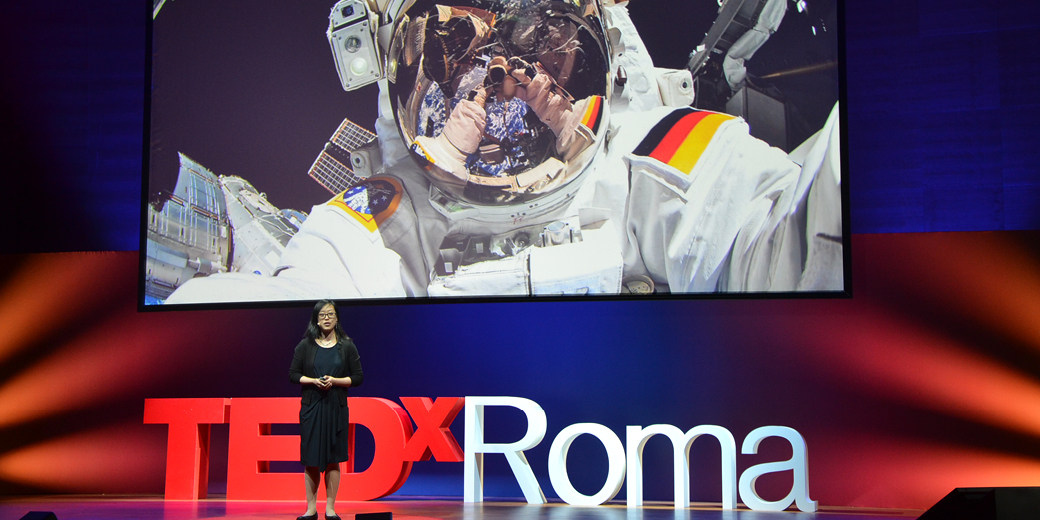
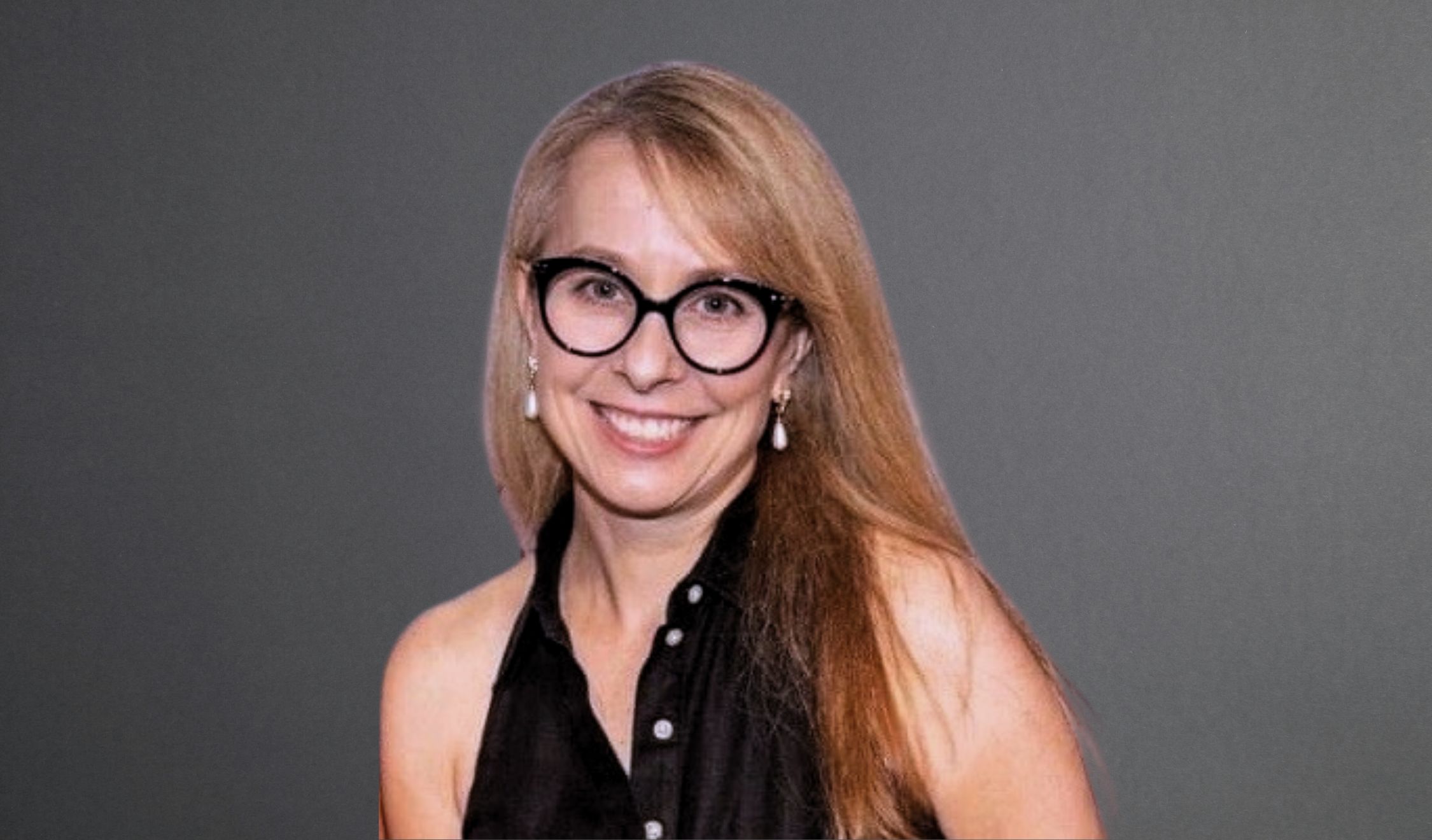



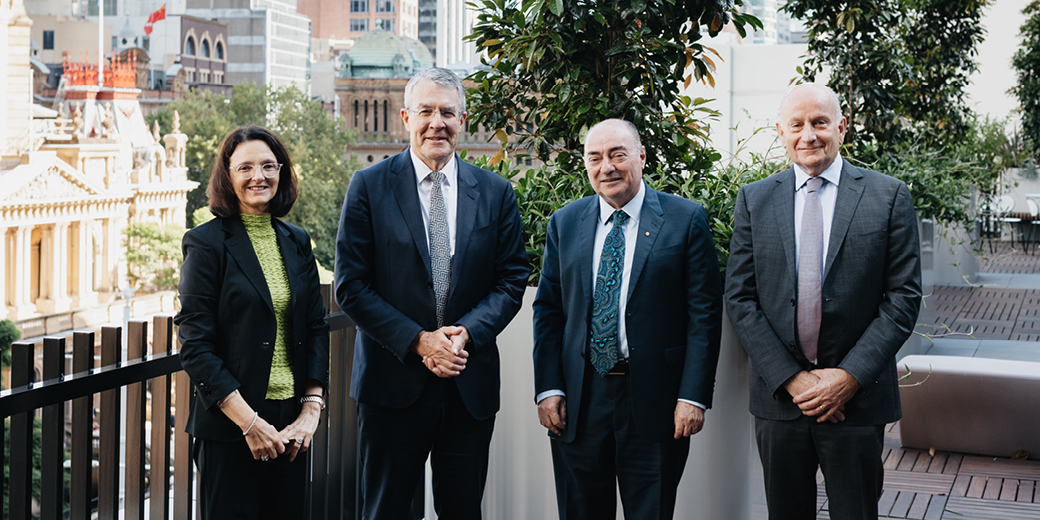

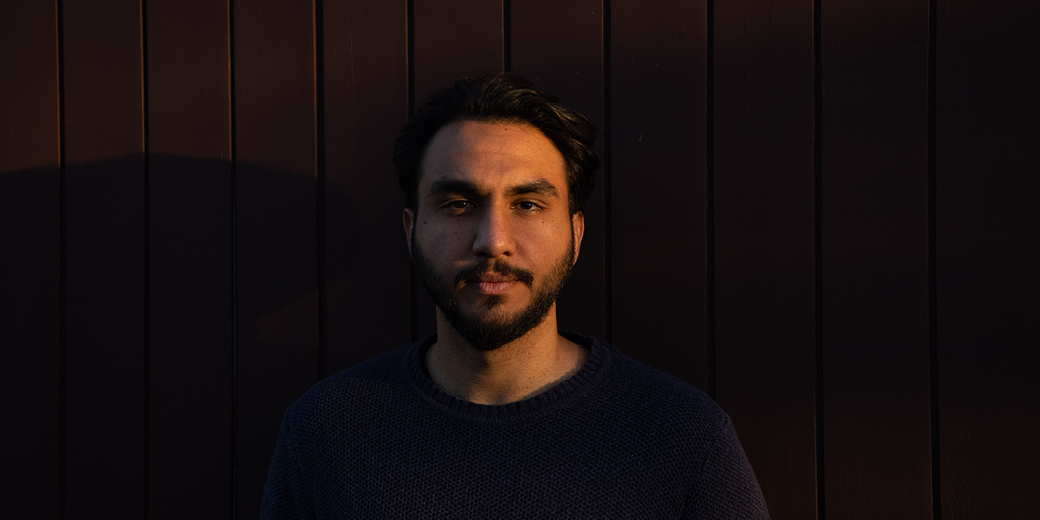


![How to handle Direct Speech after Gan v Xie [2023] NSWCA 163](https://images4.cmp.optimizely.com/assets/Lawyer+Up+direct+speech+in+drafting+NSW+legislation+OCT232.jpg/Zz1hNDU4YzQyMjQzNzkxMWVmYjFlNGY2ODk3ZWMxNzE0Mw==)


